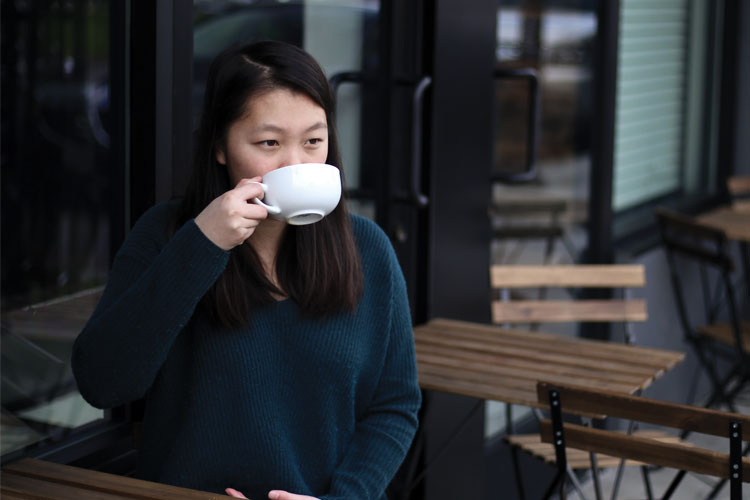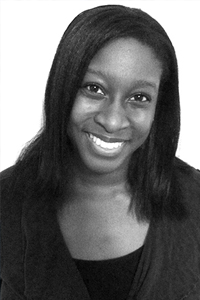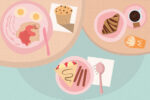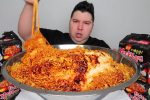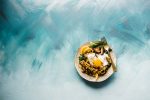Jocelyn Hsu has a full plate, literally and figuratively.
In addition to being a public health major at the University of California, Berkeley, Hsu is the co-founder and senior advisor for Spoon University at UC Berkeley, the first Spoon University chapter on the West Coast.
Through her studies, Hsu analyzes how food gets from the farm to the grocery store, and how the quality and type of that food affects the health of the communities it feeds. And, through her spearheading of and contributing to the establishment of Spoon at Berkeley, she has come to know the food habits of students, including what, how and why they eat what they do.
In addition, she has also worked extensively with the UC Berkeley Food Pantry, helping food insecure students meet their nutritional needs.
As a result, owing to her combined academic and social study of food, Hsu is one of the leading figures when it comes to student dining culture, as she is responsible for both establishing culinary trends and studying them. More than almost any other student in the country, she represents the intersection of food and college life.
So, when we set about trying to find out what “college food” means in 2017, Hsu was the logical person to ask. I was lucky enough to talk to her right before dinner one February evening, where I picked her brain about what food means to students, now and in the coming future.
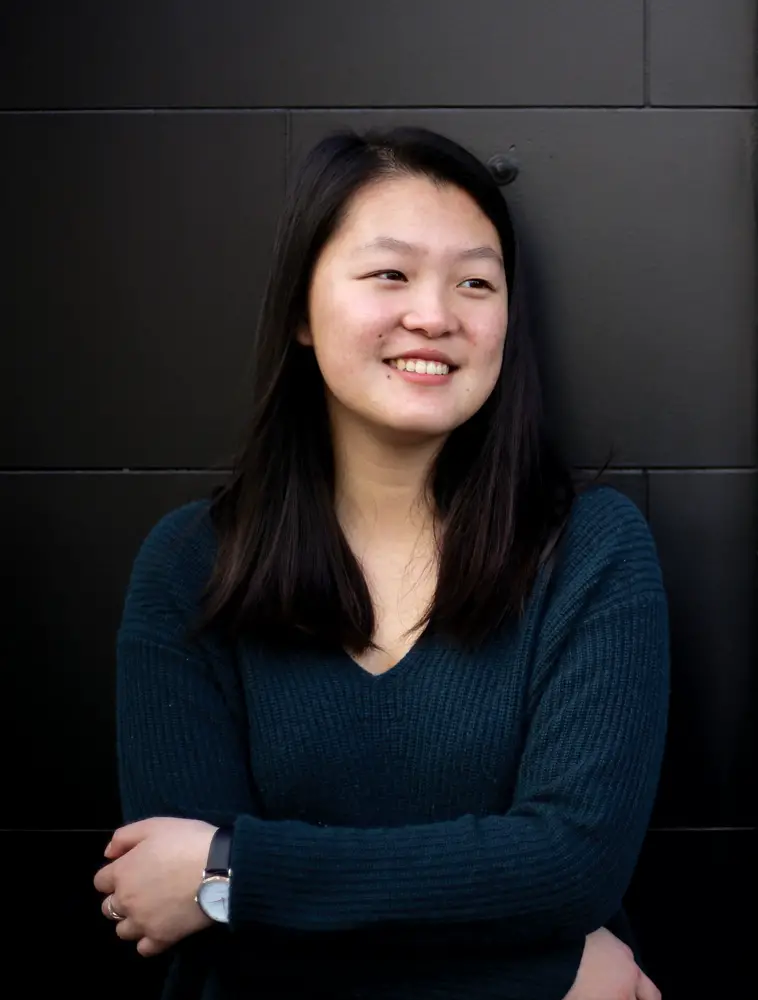
Uwana Ikaiddi: Food has always been a big part of your life, so it makes sense that you would be drawn to Spoon University. How did you get started there?
Jocelyn Hsu: I first found Spoon University because a friend invited me to like their Facebook page. This was before Spoon had as many chapters as it does now. I was so confused. I literally said what kind of university would name themselves “Spoon”?
So I clicked on the link out of pure curiosity, and I found out that it was an online food publication for college students, so I applied to be a photographer. I eventually got a phone interview with the CEO, Mackenzie Barth.
At the end of the call, Mackenzie asked me if I wanted to be the Photography Director. And, as a freshman with no leadership experience in college, I said, “Yes, I’d love to!” So that’s how it started. I was Photography Director, but we later renamed the position to Creative Director.
UI: So, what first got you into food?
JH: That is easy and hard to answer all at once. Food is something that you eat before you even understand what the word “food” means. So, in that sense, it has always been a part of my life.
But, in another sense, family-wise, food has always been important. We always ate dinner together, and it was a time when we really bonded as a family.
More than that, I just really love food. I love eating. I love how food tastes. I like how food looks. I like how it smells. Food has always been a part of my life, but I think since starting Spoon University and being a part of the UC Berkeley Food Pantry, it has become more of my life.
UI: Since food has always played a large role in your life, have you been cooking since you were young?
JH: I didn’t really start cooking until I got to college. I would say that before coming to UC Berkeley, the most I knew how to do was cook rice with a rice cooker and make instant noodles with hot water. That has changed since I started learning to cook.
UI: That’s interesting that you say that you didn’t really start learning how to cook until you got to college, because I feel like most people don’t really learn that until after they’ve graduated. Where did the desire to begin cooking come from?
JH: A big part of that came from Spoon University and actually having recipes that were accessible. I definitely started off with one pot pastas, box mixes for brownies and basic things like that.
But knowing that these Spoon University recipes were created by other college students, oftentimes in janky kitchens just like what I had in my dorm, felt a lot better than trying to make something that Bobby Flay was making on Food Network; it was so much more accessible.
UI: Since you’ve developed as a cook, what is your simple go-to meal that is quick for you to make now?
JH: I guess it depends on how quick. If I’m really rushed for time, I make pot stickers that I take out of the Trader Joe’s freezer aisle. But if I have a little more time, I usually make some sort of pasta. I like making pasta sauce and adding some vegetables to the sauce so it doesn’t just tastes like the can. So that’s typically what I do.
I’m really more of a baker than a cook. I’ve always preferred baking, because you always have the staple ingredients, like flour and sugar, and they don’t go bad.
UI: Since you started writing for Spoon, what are some food trends you’ve noticed are popular among college students?
JH: One of trends that I have seen while writing and creating content for Spoon is the move toward video, and I definitely hopped on that trend, especially this year. I recently started making recipe videos and tutorial videos. In terms of social media and marketing, Facebook and Twitter used to be big. Now, Instagram is a huge marketing strategy and social platform that you have to participate in, especially for food.
In terms of content, a lot of people are writing about juicing and detox, and recipes that were heavy on food dye, such as rainbow and galaxy foods, have become popular again, as have Starbucks’ colored drinks. All that sort of comes on the heels of glamming up fast food, or painting fast food in a gourmet light.
There are also food trends that spring from social phenomena, a prime example of which is following celebrity meal plans, where you try to eat like Kim Kardashian for a week and this is how it went, or I ate like this model for a week and this is how it went.
On the flip side of that, there’s been a lot more talk about body positivity, and speaking up about eating disorders and mental health issues, which is wonderful, because it creates community, gives people a place to find other folks like them and be supported by people who really understand what they’re going through. That’s been a huge trend that I really hope continues.

UI: You’re in your fourth year at UC Berkeley. How has studying public health changed your view on food and nutrition?
JH: I originally didn’t come in as a public health major. I switched to public health after volunteering at the UCSF Benioff Children’s Hospital Oakland, and I was part of a program called FIND where I met with families and learned about the socioeconomic struggles that they were facing, and how those struggles were affecting their health. That experience expanded my understanding of what it meant to be healthy.
There’s more to being healthy than taking medicine. It’s about your environment, the food you eat, your economic status and your education. And so, for that reason, I switch to public health. As a whole, the major is much more about the health of a population and taking care of groups of people instead of just individuals.
UI: One of the articles you wrote for Spoon University concerned the fine line between food as cultural appropriation and as cultural appreciation. How do you feel that ties into the foodie culture?
JH: It’s hard to tell to see when folks are accidentally or actively culturally appropriating something in the United States. As a part of an ethnic minority, although Taiwanese Americans are maybe more prevalent than other minorities, it can be hard seeing people write articles saying that some new restaurant brought snow ice to California, when all of your life you’ve been eating snow ice at a local store run by Taiwanese immigrants.
I love that people are trying different foods, but I think they need acknowledge that it’s not from the American culture. You have to acknowledge that certain foods came from certain countries, and that it is traditionally cooked and eaten by these types of people; try to understand and acknowledge the historical and traditional implications behind it.
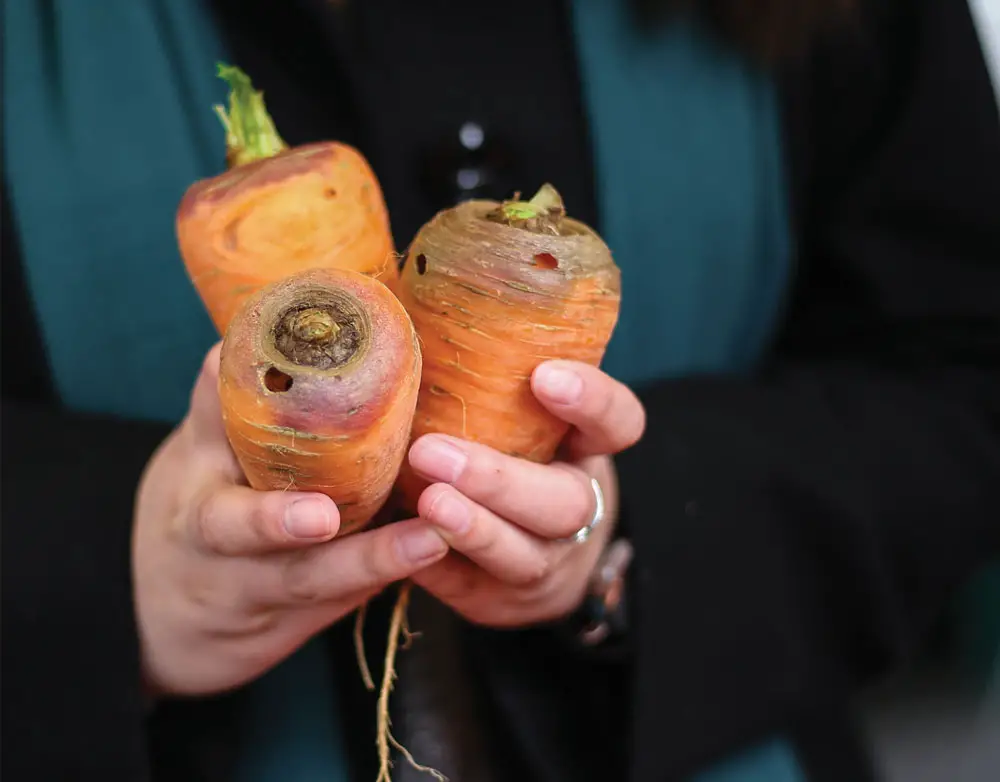
UI: You also wrote a very interesting article where you point out that there was implicit bias against Asian Americans by the Centers for Disease Control (CDC), claiming that they were “the healthiest race” in the United States. In fact, some ethnic Asians were more likely to suffer from certain health problems, including diabetes, hepatitis B and depression. How do you think grouping ethnicities together affects health in general?
JH: Lumping together entire races, like Asian Americans, African Americans or Hispanic Americans, can really take a toll. They all come from different places and have different stories.
It’s also harmful because you’re telling physicians and researchers that census data has shown that Asian Americans are healthier. It’s possible that healthcare professionals will examine issues less thoroughly in Asians. If Asian Americans don’t know that they’re at a higher risk for certain diseases, will they know to go to the doctor for it? Will the physicians screen them for it?
UI: When you were working at the food pantry, what did you learn about the college community as it relates to food?
JH: My biggest take away from working at the food pantry was that anybody can be hungry; anyone can be food insecure. I saw classmates there, and I would have never guessed that they were hungry or having problems stretching their budgets to get food.
So just seeing people I usually just saw wandering around campus, it really enforces the idea that there’s no face to hunger; there’s no physical appearance that really tells you.
UI: Since our generation will be making decisions on how food is processed and distributed in the next ten to twenty years, we will be setting the precedents for food sustainability. How do you think that we can perpetuate the idea of food sustainability so that it doesn’t become a passing fad?
JH: I think part of it is the fact that there’s a new movement of voting with your fork. Now, people are eating at restaurants and buying from places that they believe are being sustainable. Also, just try to be sustainable yourself. Don’t waste food or buy something you know you will not eat. When you go to get coffee, bring your own thermos. Those are small steps and things that we can always continue doing.
When you bring your thermos to get coffee, you’re making a statement. You’re saying, “This is how I would prefer to get my coffee.” It doesn’t harm anyone, but it benefits you and prevents waste. Small things like that all add up.
UI: And, for the last question: What would your final meal be?
JH: That’s so hard! I would probably stuff myself since it would be the last meal. Based on my eating trends recently, it would probably be some Taiwanese street food like oyster omelets, ding bian cuo and fried steak and tofu.
Also, I’d have an iced latte and a watermelon green tea with crystal boba. And then for dessert, probably key lime pie.


